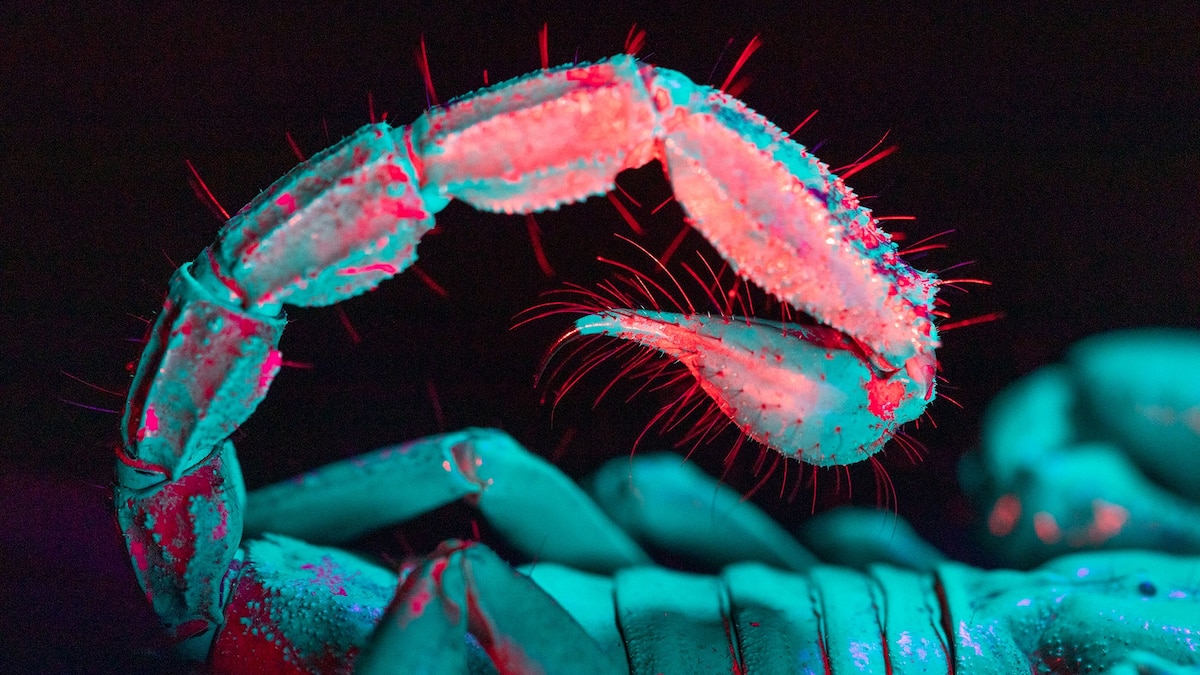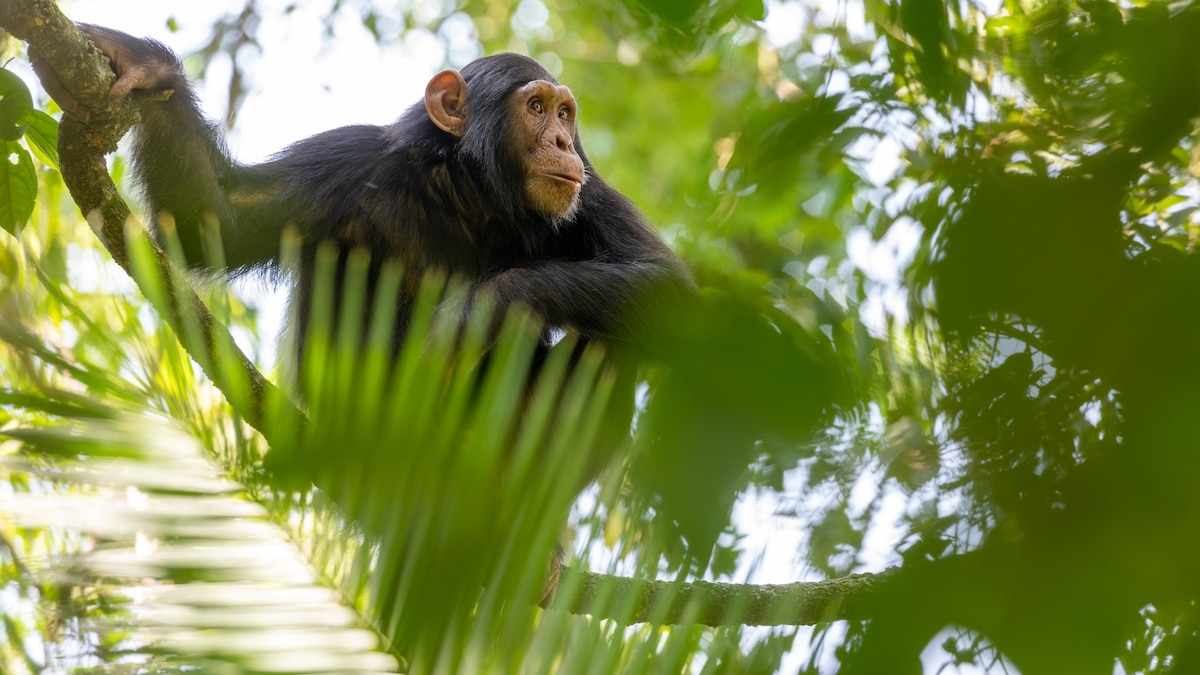Now Reading: Why Do Animals Like Pink Squirrels and Green Sharks Glow Under UV Light?
1
-
01
Why Do Animals Like Pink Squirrels and Green Sharks Glow Under UV Light?
Why Do Animals Like Pink Squirrels and Green Sharks Glow Under UV Light?

Quick Summary
- Numerous animals, including flying squirrels, scorpions, rays, sharks, hawksbill sea turtles, and geckos display photoluminescence-reflecting or re-emitting ultraviolet (UV) light.
- Photoluminescence has been found in 90% of studied snake species from Colorado to Peru. Variations in UV coloration are speculated to be linked to factors like predator-prey interactions and habitat camouflage.
- Other glowing animal observations include 92% of frog species tested and 95 species of coral reef fish wiht the ability to reflect UV light.Mammals also demonstrated photoluminescent properties with studies revealing glowing fur in up to 95% of certain species tested across varied environments.
- Scientists debate it’s purpose; reproduction is a common reason for fluorescence in nature (e.g., bird plumage or neon puffin beaks enhancing mate selection), but no strong preference was observed during experiments involving mammals.
- Marine organisms may use biofluorescence more effectively due to underwater UV-focused environments; researchers recently developed tools like shark-specific cameras revealing vibrant colors visible only among marine creatures.
Images included:
- Flying squirrel glowing shining pink under UV light
- Opossum illuminated pink-purple under UV
Indian Opinion Analysis
The pervasive presence of photoluminescence across terrestrial and marine life challenges traditional assumptions about animal coloration’s rarity under ultraviolet observation-and opens intriguing biological questions such interdependent eco vs-level trait-opening
Stay Informed With the Latest & Most Important News
Previous Post
Next Post
Previous Post
Next Post
Loading Next Post...




























